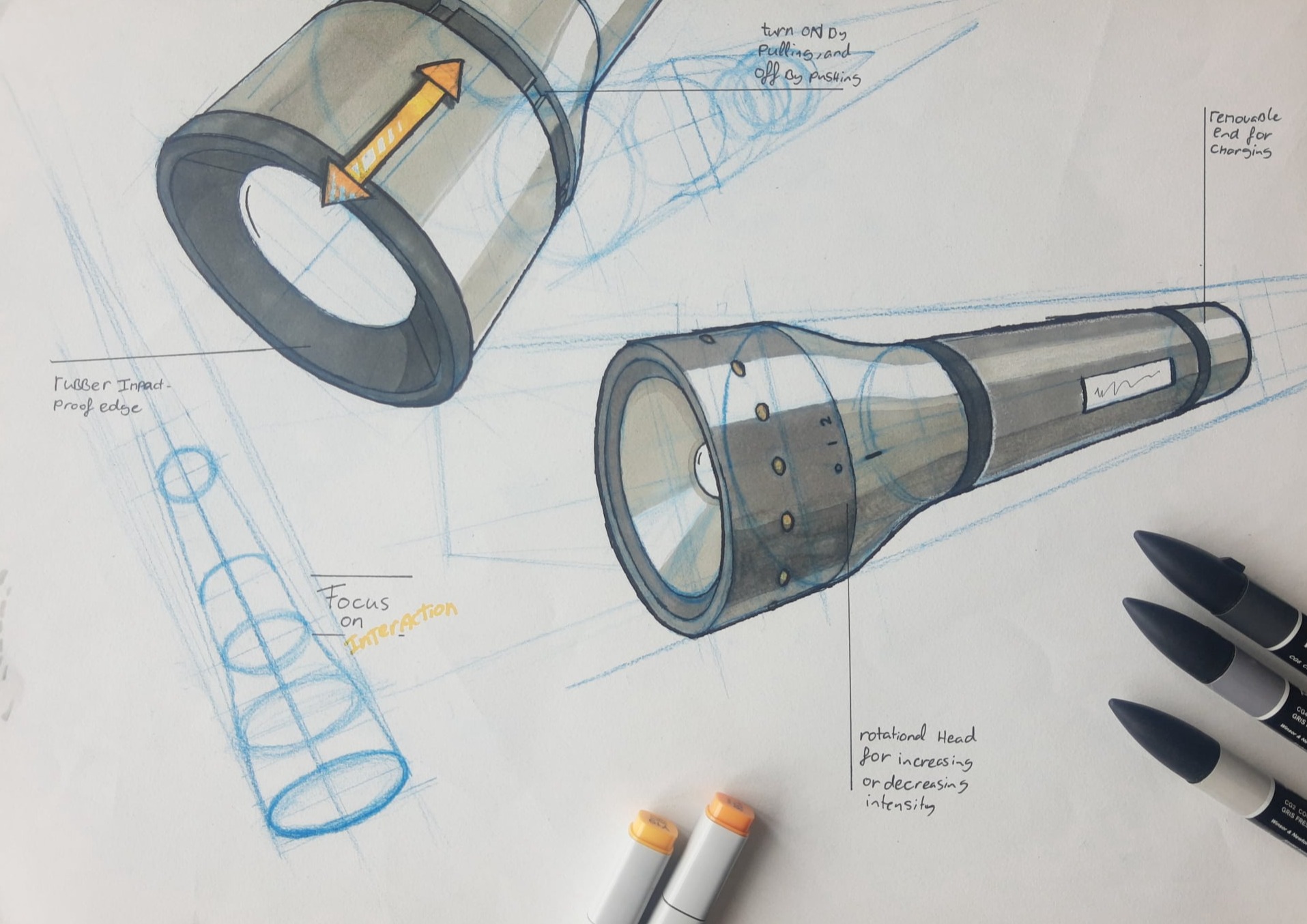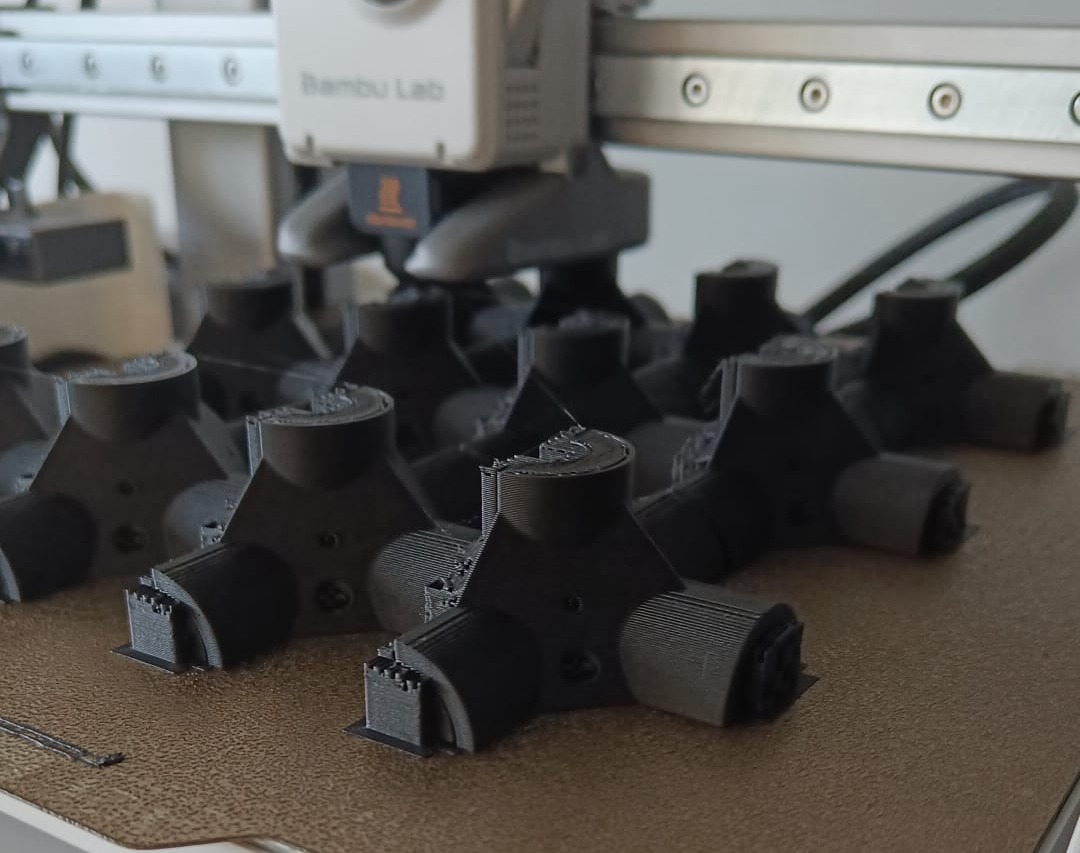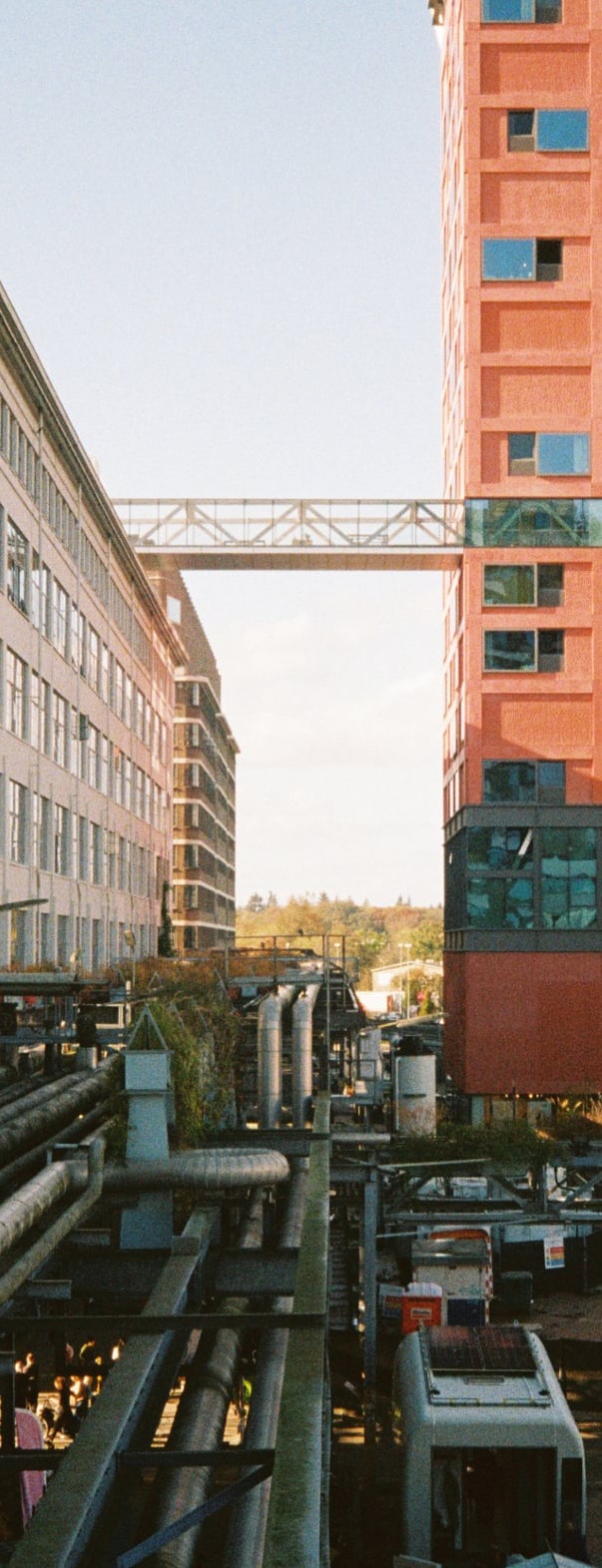
Skills
CAD-modeling, Sketching,
Low-fidelity Rapid-prototyping
User testing, Probing

Methods
Double-Diamond Model
User-Centered Design
Agile & Lean UX

Interests
Human-Computer Interaction
Furniture & Interior
Domotica
A BSc Student Industrial Design, TU/e

CAD-modeling, Sketching,
Low-fidelity Rapid-prototyping
User testing, Probing

Double-Diamond Model
User-Centered Design
Agile & Lean UX

Human-Computer Interaction
Furniture & Interior
Domotica

"Who I Am & Where I'm Going"
To understand me as a designer, you would have to understand the person behind my choices. For this, two pieces on my Identity and my Vison perfectly succeed in portraying this personality.
With the first focused on my past, and the latter on my motivational drive, the Identity and Vision together offer a clear picture of me as a developing designer. By sharing this combination, I hope to share a deeper insight of where I come from, what motivates me, and where I want to go next.
My professional identity is built on a foundation formed during my early educational years. Growing up in a disciplined environment with minimal personal electronic devices formed foundational characteristics of independence, creativity, and critical thinking. A first exposure to filmmaking and photography added an awareness of perspective. As the smallest adjustments of a frame can lead to profound changes in perception, I became interested in comparing human behaviour in similar everyday environments. Following this, my first contact with a personal computer got me fascinated by the potential behind computing and automated processes. Whilst inspired by comparing the historical industrial revolution and current digitalization, these interests combined with my creative character led to a study in Industrial Design (ID).
My identity was further refined whilst studying at the TU/e and exploring my specific interests within the field of design. During projects, my preference for methodical approaches translated to a leading role in planning and organisation. This initiated frequent application of the design sprint methodology of Jake Knapp.
Furthermore, effective organisation required adaptation to the identities of others and the project’s environment . Thus, the start of my educational career set communication, preparation and flexibility as essential practices which I extensively developed.
A visit to IMM Cologne 24, alongside projects within the ID-New Futures department, deepened my interest in Interior & furniture design. Interior design fascinated me for its close connection with the aforementioned principle of perception. The level of influence which can be achieved on human behaviour through the design of an interior alone was fascinating. Simultaneously, furniture design aligned with my interest in computing and further developed interests in sustainability and circular product design.
The interest in interior and furniture design has been further explored over the past year. Through Het Beun Collectief, a startup workshop focused on small furniture and custom objects, I found an opportunity to gain hands-on experience within the field. This experience has been valuable for studying practical techniques and understanding the design process for practical use.

My vision is composed around the three topics of Interior design, human behaviour, and climate change. Interior design covers my vision of creating, automating, and developing domotics; Human behaviour represents my vision on perception, communication and habits; at last, climate change forms motivation and commitment to address environmental change and sustainability.
As my early fascination for automation reacted with interior design, it translated to a fascination for domotics. I envision domotics as an interesting field which converts industrial automation technology into functional everyday tools. I find motivation in creating new objects to enhance everyday life, and I feel like the domotics sector holds much potential for impactful innovations.
Human behaviour continuously fascinates me. It is visible in perceptions, communication and habits, and influenced by even a small change of the environment. Since I aim to design interiors for human individuals, I thus see importance in developing my knowledge on how these environments potentially affect behaviour.
At last, climate change forms a motivational pillar, as it brings new challenges to sociëty. Its effects are predicted to develop at a slow rate and to possibly be irreversible. This combination is distressing. As different regions of sociëty are affected differently by global environmental change, the challenge makes me reminisce about society's history of prosperity at the cost of others, adding weight to my concerns. Therefore, I deem it necessary to take responsibility for solutions sooner than later.

Besides their differences, the three topics have the shared commonality of environmental impact. A human’s behaviour is impacted by its environment, climate change affects the global environment, and interior design is the art of shaping customized environments.
With my identity in mind, I shaped a vision of becoming a designer focused on creating adaptive, sustainable solutions. By continually developing my competencies whilst embracing critical self-reflection, I am convinced that I can contribute to the future adaptability of society to climate change, through shaping interiors utilizing BCT in our present time.
No Code Website Builder